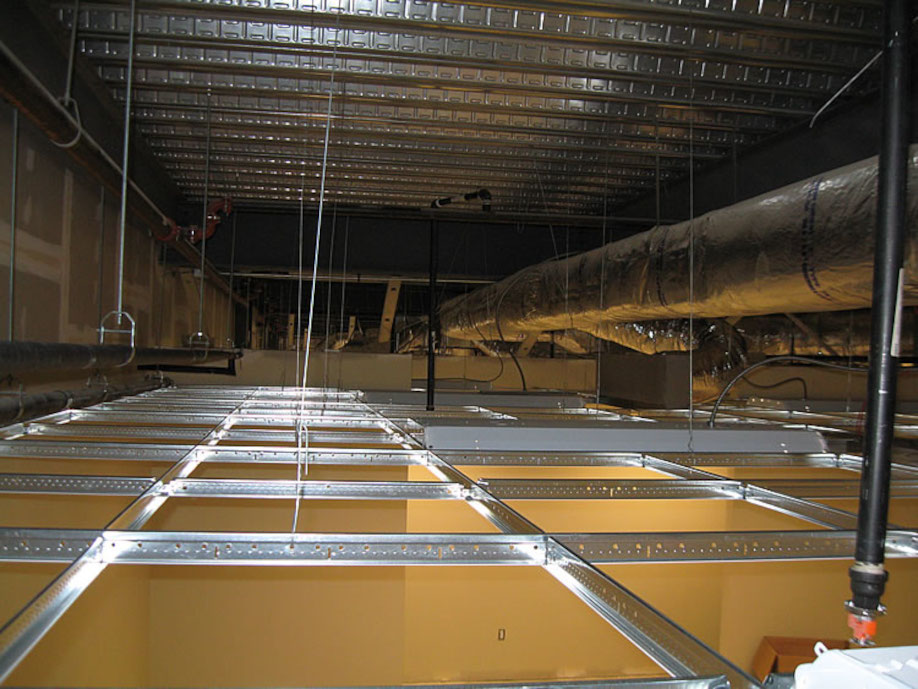
How to Distinguish Between Spaces
Decoding the confusion surrounding air handling and plenum spaces. Understanding air handling and plenum spaces is essential for designing safe building systems.
Winnie Industries is committed to providing exceptional fastening & support solutions, electrical boxes, magnetics and low-voltage accessories to support the needs of various industries. Look to us to engineer and manufacture innovative solutions that uphold innovation, strength, and dependability.
The information provided in this FAQ is for general informational purposes only and is not intended to replace official codes, standards, or project specifications. Winnie Industries products must always be installed and used in accordance with our product instruction sheets or designated training. Products should never be applied beyond their intended purpose or in a manner that exceeds specified load ratings. Proper fastening is critical to system integrity and functionality, requiring secure attachment to structurally sound components capable of supporting imposed loads. All installations must comply with governing codes, regulations, and job site requirements. Always consult your Authority Having Jurisdiction (AHJ) for specific regulatory guidance.
